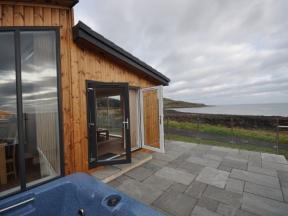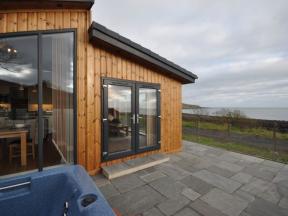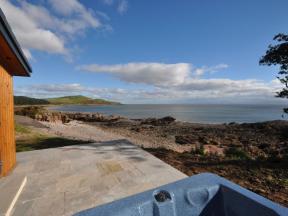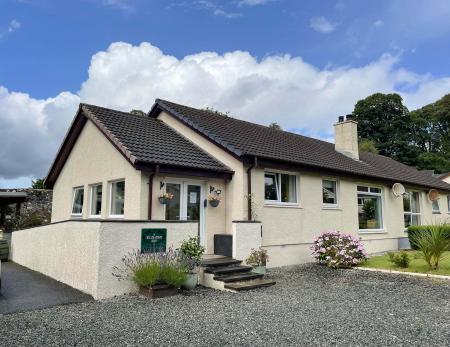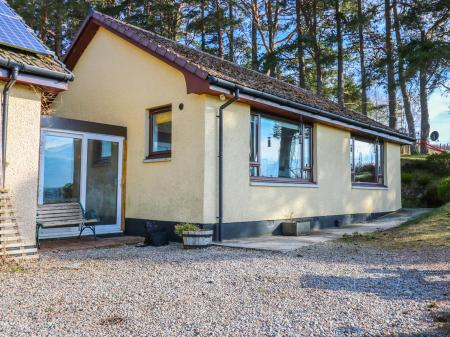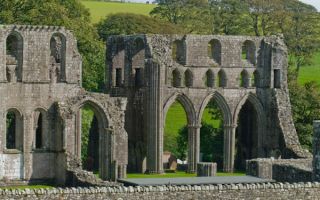
The abbey church is laid out in the traditional Cistercian cross plan, with three-storey high walls illuminated by a mix of blind and open arcading. The transepts are in attractive early Gothic style, and the west wall of the abbey church still stands to a very great height. The columns in the presbytery are notable examples of bundled, or clustered shafts, with bell-shaped caps.
Dundrennan's most famous moment in history came on 15 May 1586, when Mary, Queen of Scots, took refuge here following her defeat at Langside. Mary stayed overnight, and in the morning boarded a boat to cross the Solway to England and what she hoped would be shelter offered by her cousin, Elizabeth I. But, sadly, the refuge she sought became a long imprisonment and eventual execution, so her stay at Dundrennan was her last night in Scotland.
The location is magnificent, and the abbey ruins are a delight. Highly recommended.











 We've 'tagged' this attraction information to help you find related historic attractions and learn more about major time periods mentioned.
We've 'tagged' this attraction information to help you find related historic attractions and learn more about major time periods mentioned.